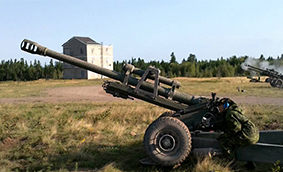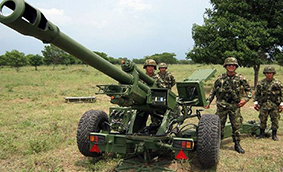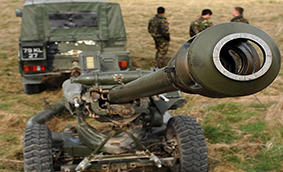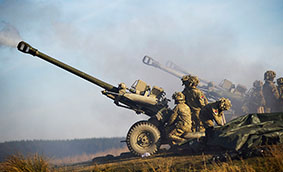- Have any questions?
- info@cuttingedge.com.pk
Arterly Armour
Artillery is a class of heavily armed guns designed to launch projectiles far beyond the range and strength of firearms for infantry. Early development of artillery concentrated on the ability to break defensive walls and fortifications during sieges, which resulted in heavy, fairly immobile siege engines. Lighter, more mobile field artillery cannons built for use in battlefields as technology improved. This development continues today; modern self-propelled artillery vehicles are highly mobile, highly versatile weapons that typically make up the largest share of the total firepower of an army.The term "artillery" originally referred to any group of soldiers specifically armed with a manufactured weapon or armour. "Artillery" has traditionally meant cannons since the invention of gunpowder and cannon, and in contemporary usage, usually refers to shell-fired guns, howitzers, mortars, and rocket artillery. The word "artillery" is often used in common speech to refer to individual devices, together with their accessories and fittings, although these assemblies are more appropriately called "equipment." There is however no generic term generally recognized for a gun, howitzer, mortar, and so on: the U.S. uses "artillery piece," but most English-speaking armies use "gun"
Military history
Military history is a study of humanities within the framework of the general historical analysis of armed conflict in human history, and its effect on its communities, cultures and economies, as well as the subsequent shifts in local and international relations. Professional historians normally focus on military affairs that have had a major impact on the involved societies as well as the aftermath of conflicts, while amateur historians and hobbyists often take a greater interest in the details of battles, equipment and uniforms in use.



